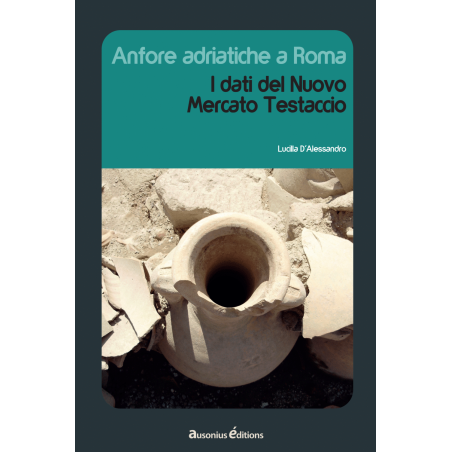PrimaLun@ 22
The colours of English alabaster panels
Between c. 1350 and 1550, English sculptors carved thousands of panels depicting religious scenes from alabaster quarries around Nottingham. Exported throughout Europe, these polychrome reliefs were originally often assembled to form altarpieces. Their coloured epidermis, an integral part of these artworks, has now often disappeared.
A multidisciplinary team (art historian, archaeologist, artist specializing in ancient polychromies, 3D engineers and optodigital researcher) has analyzed and reconstructed the polychromy of several of these English panels preserved in the Bordeaux region. The physico-chemical analyses permitted to determine the nature of the materials employed and to recreate the paints used by the painters. These data served to produce an alabaster facsimile as well as three 3D models with their digital polychromy.
As the polychromy of English alabasters is highly standardized, these examples can be considered representative of the aspect that the vast majority of the panels must have shown. The study thus allows us to address broader themes, such as the aesthetic and symbolic qualities of the colours used by the alabastermen, or the way in which the polychromy was perceived by the medieval viewer.
On the same subject
PrimaLun@ 2
Adriatlas 3. Recherches pluridisplinaires récentes sur les amphores nord-adriatiques à l’époque romaine
Publication date :18/05/2020
PrimaLun@ 9
L’image d’Alexandre le Grand chez Trogue Pompée / Justin. Analyse de la composition historique des Histoires philippiques (livre
Publication date :24/06/2021





